Tag: Charles M. Lieber
-
Science & Tech
Uncovering how cells become organs
Tiny sensors are embedded into stretchable, integrated mesh that grows with the developing tissue, allowing scientists to track how cells grow into organs.
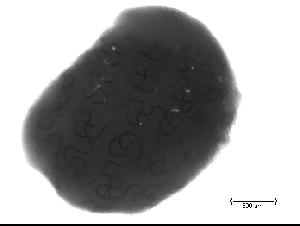
-
Science & Tech
Combing out a tangled problem
A new technique speeds creation of nanowire devices, boosting research into what’s happening inside cells.
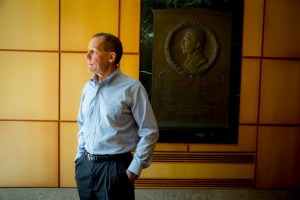
-
Science & Tech
Sensors go undercover to outsmart the brain
Harvard scientists have created brain implants so similar to neurons that they actually encourage tissue regeneration in animal models. They may one day be used to help treat neurological diseases, brain damage, and even mental illness.
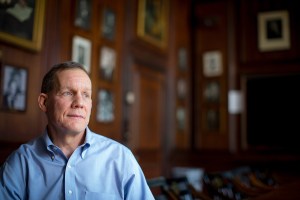
-
Science & Tech
What ultra-tiny nanocircuits can do
Engineers and scientists collaborating at Harvard University and the MITRE Corp. have developed and demonstrated the world’s first programmable nanoprocessor.

-
Science & Tech
Delicate touch
Chemists and engineers at Harvard University have fashioned nanowires into a new type of V-shaped transistor small enough to be used for sensitive probing of the interior of cells.

-
Health
Nanowires go 2-D, 3-D
Taking nanomaterials to a new level of structural complexity, scientists have determined how to introduce kinks into arrow-straight nanowires, transforming them into zigzagging two- and three-dimensional structures with correspondingly advanced functions.
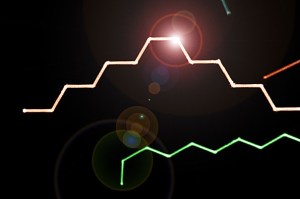
-
Science & Tech
Harvard scientists bend nanowires into 2-D and 3-D structures
Taking nanomaterials to a new level of structural complexity, Harvard researchers have determined how to introduce kinks into arrow-straight nanowires, transforming them into zigzagging two- and three-dimensional structures with correspondingly…
-
Health
NIH names Harvard Pioneers, Innovators
Harvard faculty members comprise almost 20 percent of the 47 scientists nationally whose promising and innovative work was today recognized with the announcement of two grant programs through the National…
-
Health
Nanowire makes own electricity
Harvard chemists have built a new wire out of photosensitive materials that is hundreds of times smaller than a human hair. The wire not only carries electricity to be used in vanishingly small circuits, but generates power as well.
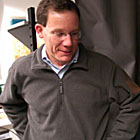
-
Science & Tech
Nanowire generates its own electricity
Harvard chemists have built a new wire out of photosensitive materials that is hundreds of times smaller than a human hair. The wire not only carries electricity to be used…
-
Health
Nanowire arrays can detect signals along individual neurons
Opening a whole new interface between nanotechnology and neuroscience, scientists at Harvard University have used slender silicon nanowires to detect, stimulate, and inhibit nerve signals along the axons and dendrites of live mammalian neurons.
-
Science & Tech
Making the world’s smallest gadgets even smaller
You may not have noticed, but the smallest revolution in world history is under way. Laboratories and factories have begun to make medical sensors and computer-chip components smaller than a…
-
Campus & Community
New cancer detector developed that’s fast, sensitive, reliable
Cancers and many other diseases often reveal themselves by the presence of proteins absent or inactive in people who do not suffer from such ailments. Researchers are finding new biomarkers,…
-
Campus & Community
Scientists create high-speed nanowire circuits
Chemists and engineers at Harvard University have made robust circuits from minuscule nanowires that align themselves on a chip of glass during low-temperature fabrication, creating rudimentary electronic devices that offer…
-
Campus & Community
Building circuits measured in molecules
Yu Huang, a doctoral student in Professor Charles Lieber’s lab, has used fluid flows to arrange tiny bits of wires that are just billionths of a meter wide into millimeter-long…
-
Science & Tech
Nanowire used to sense cancer marker
Professor Charles Lieber and his students have made wires whose thinness is measured in atoms instead of fractions of an inch. That allowed Lieber’s team to develop what is likely…


